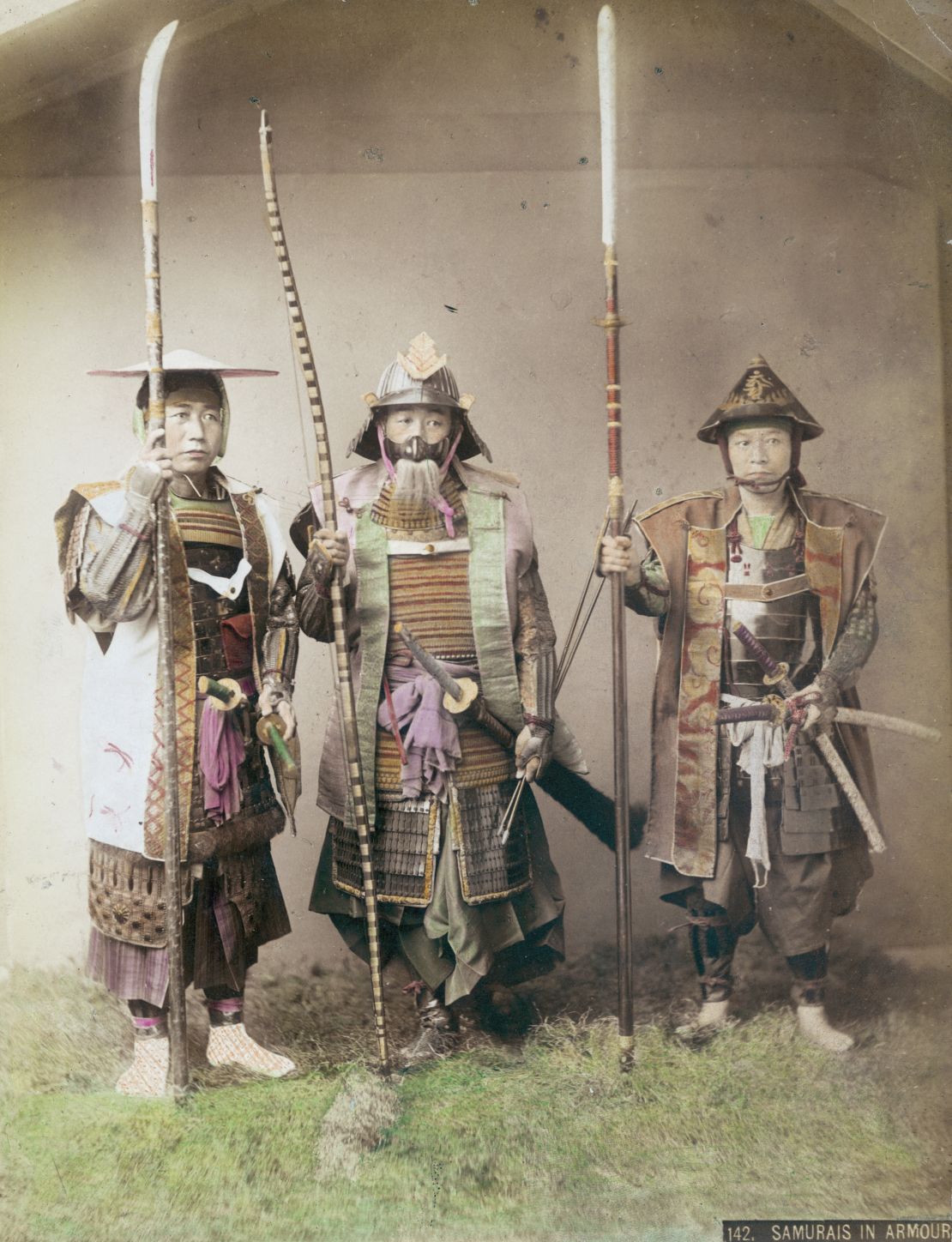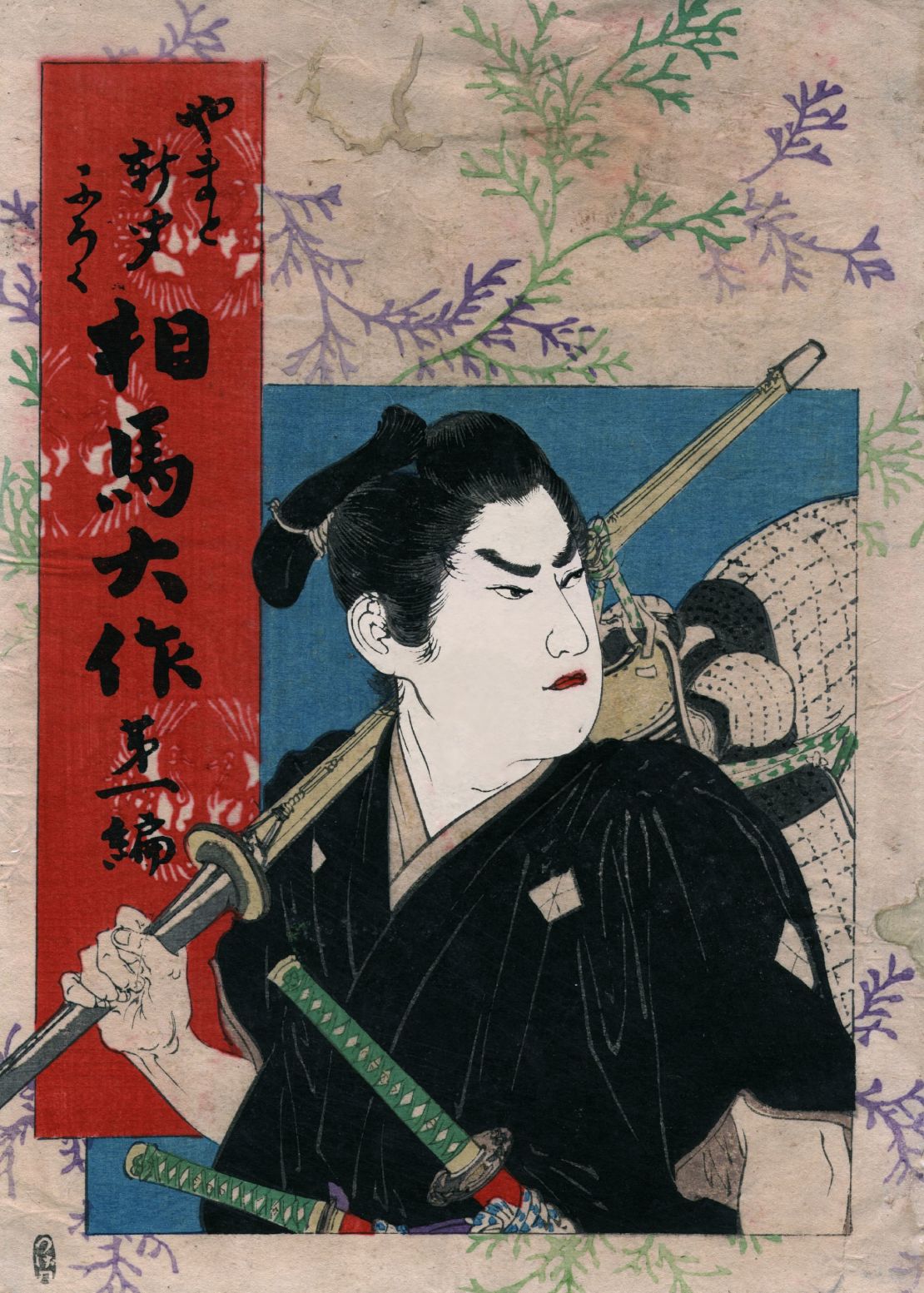Editor’s Note: Traders highlights the business of global trading by showcasing extraordinary individuals worldwide who are trading goods and services across borders.
There are few guns in Japan, but the “katana” is embedded in the national psyche.
Seventeenth century general Tokugawa Ieyasu said the iconic curved blade was the “soul of the samurai,” symbolizing a warrior’s devotion to his art.
For over 1,000 years, Japan’s master swordsmiths have supplied weapons worthy of this sublime responsibility, leading the world in standards of craftsmanship, beauty and mystique.
Over 100 swords produced during the early periods have now acquired National Treasure status, reflecting the affection for them and the urgent need for preservation, spurred by the loss of many during World War Two and the subsequent allied occupation. But non-protected “katana” produced by the old masters are highly prized and draw large fees from connoisseurs and collectors at home and abroad, ranging from a few thousand dollars to $418,000 for a 13th-century classic sold at auction.
For a 22-year-old Canadian graduate who first arrived in Japan in 1993 as an English teacher and spent the next decade developing a fascination with its culture and history, the blades represented an irresistible opportunity.
Down the rabbit hole
“I got started with a website (in 2006) selling traditional arts and crafts, from dolls to kitchen knives,” says Pablo Kuntz. “I printed a catalog for U.S. armed forces in Japan and they all went crazy for the knives. Someone said ‘can you get me a samurai sword?’”
Kuntz was skeptical that expensive novelties could support a viable business, but by chance, a friend of his wife was a sword collector. He took a handful and quickly realized that a dedicated market existed for them – and that he was falling under their spell.

“I had been living in Japan for 10 years and I was able to understand the culture and philosophy far better through the swords than ever before. When I got into it I met a few other people that shared my passion and it ballooned from there.”
“When I started I thought a client would buy one piece as a memory of Japan or a souvenir, but then I quickly realized that’s not the case … Clients will buy half a dozen quite easily and keep collecting.”
The Canadian spent years building a network of craftsmen, suppliers and experts that proved the backbone of his business, helping him to bypass cultural barriers and maintain a high-quality stock.
“I don’t attend the auctions that traditional dealers go to several times a month. People I know just tell me ‘there’s something I think you would enjoy’ – that’s how I source basically. When I’m in Japan people show me a lot of things.”
The personal touch
His business, Unique Japan, now sells 100 swords a year to over 20 countries from Saudi Arabia to Papua New Guinea, making it one of the larger international businesses, but Kuntz passes on the personal approach to buyers and hopes to capture their imaginations.
“I’m a big fan of education-based marketing,” he says. “I try to educate people about swords with long and useful articles. I want to encourage people to go deeper and get them thinking about swords. One client called it a ’30-year impulse buy,’ it took him that long to have the confidence to do it.
“I want to work within their budget and find the right piece for them, because it’s satisfying to know something is one of a kind. They can have all the information – who made it, where he worked, who his sensei (teacher) was. The more you can share the more clients love it. If you look in detail you can get a rapport and depth of appreciation … Just let it sweep you away.”
Typical clients are businessmen who identify with the samurai lifestyle and values, Kuntz says.
“Often it’s successful people who see the sword as a symbol. It comes with power and responsibility, a sense of taking care of people. A samurai would have several (dependent) people, a business owner might employ hundreds.”
The permanence of the swords is also key. They are extraordinarily resilient, the result of a unique manufacturing process that sees the steel repeatedly folded to strengthen it. With the minimal maintenance of polishing and oiling, they can remain in peak condition for centuries. Such longevity ensures that they pass through many owners, often remaining in a family for generations, a common gift from father to son.
The next generation
While Unique Japan deals in classic swords from the old masters, a few hundred swordsmiths and 22 masters are still in business, producing the next generation.
“I sell modern age swords because it is difficult to appraise the old swords and know their true value,” says Shunsuke Okashita, owner of Jidai Japanese swords in Kobe city. He says many of his clients are iaido fighters (a Japanese sword-based martial art) who favor new and inexpensive weapons.

But cheaper does not mean inferior. Jidai sells swords produced by an award-winning master from an illustrious dynasty.
“Kanekuni Ogawa is famous. People follow his literature,” says Okashita. “But because he passed away in 2013, the swordsmith I request is his son Mitsutoshi.”
Jidai has also had success building international business and exports across the world, but transporting swords can be a challenge, the dealer says:
“Recently some airline companies reject the sword as dangerous, as a consequence of ISIS.”
There are further challenges; several countries in Europe, Africa and the Middle East don’t allow swords to be shipped directly. The Japanese Ministry of Cultural Affairs must be informed about exports so it can verify that national treasures are not being lost. In 2014, Google Adwords banned products containing the word “sword.”
Such factors have fueled the rise of cheaper competitors, including from China. But the status and demand for Japanese swords is not threatened for the foreseeable future, believes Paul Martin, a British karate champion turned sword expert.
“It’s hard to see a decline in standards as every swordsmith is licensed, and can only produce two long swords or three short swords a month,” he said. “There is variation in quality but the traditions are strong.”
Blades also retain a unique importance in Japan, which should safeguard their future.
“From a cultural perspective, the Japanese will always buy daggers for prestige or protection purposes, bringing them to funerals and leaving them at shrines,” says Martin. “There is a worry that the craft will die but I don’t think so. There is always a new influx of people who are interested, and people who always were.”
In its homeland and beyond, the “soul of the samurai” keeps adding to the ranks of believers.









